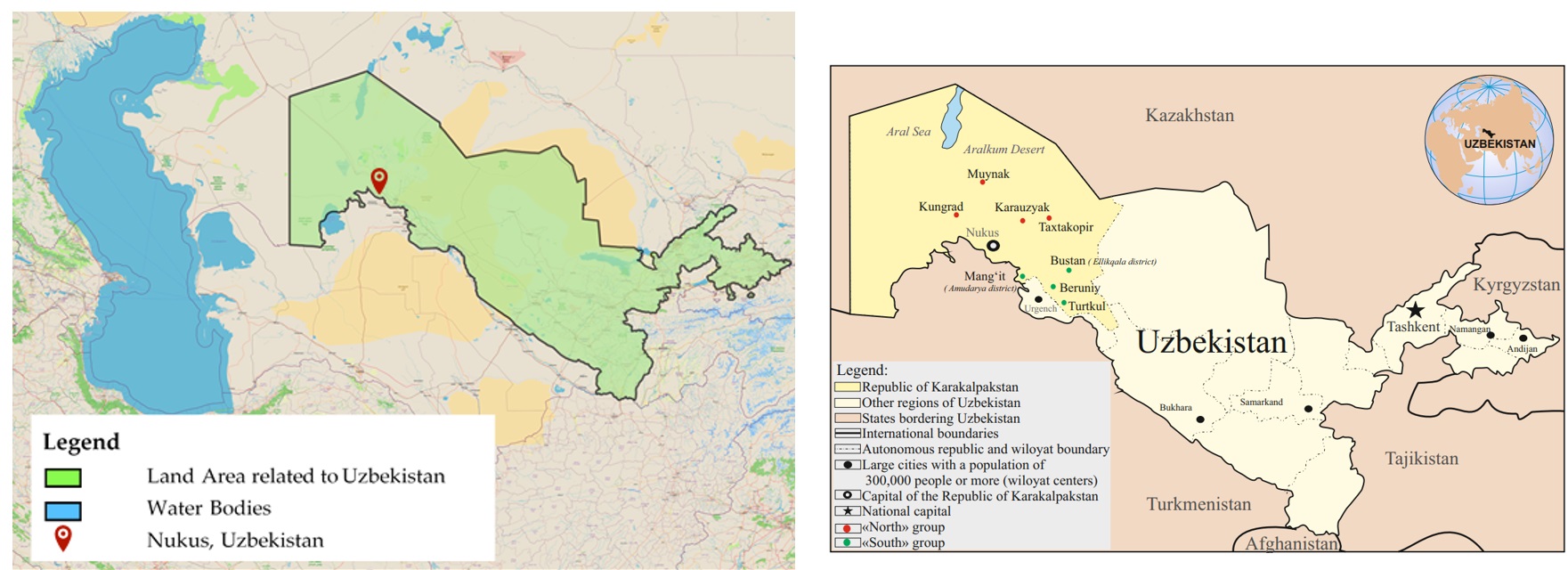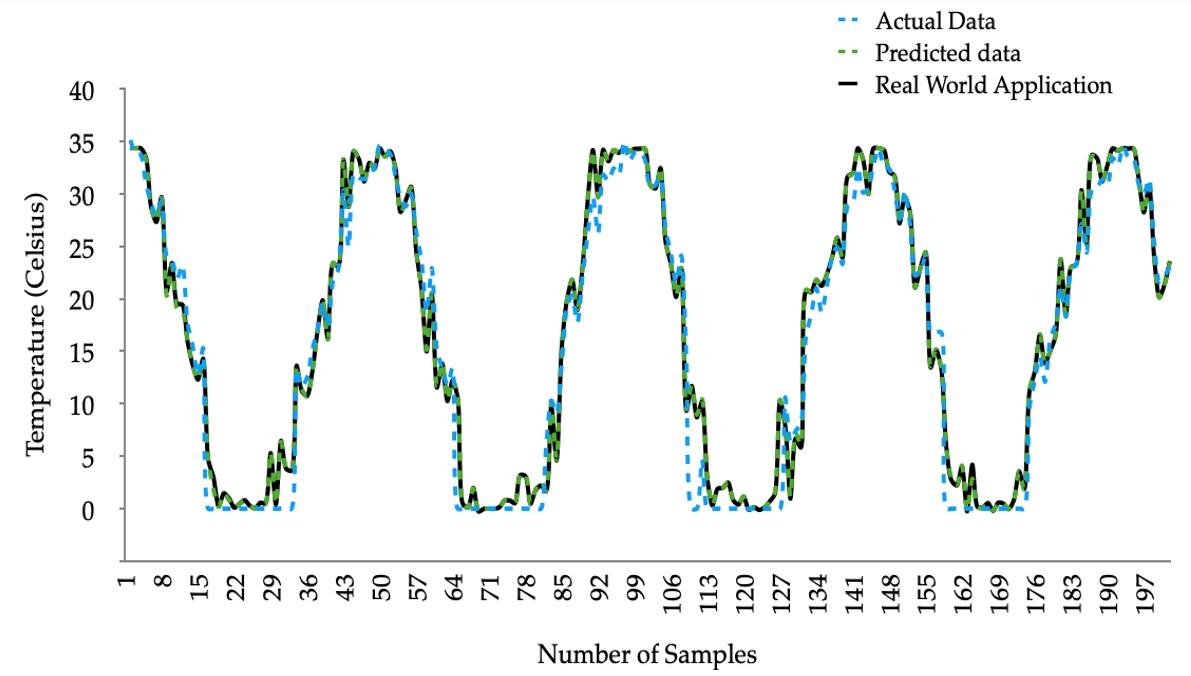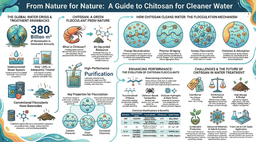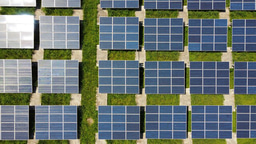Prediction of soil temperatures using artificial intelligence
Published in Earth & Environment and Agricultural & Food Science
Why we did this?
Food security is one of the most important aspects not only to the present world but to the future world. Climate change, increased population, natural disasters, etc. trigger food scarcity, and on average 238 million people are facing food insecurity. This is highlighted among the Sustainable Development Goals under the 2nd as Zero Hunger. Therefore, it is essential to understand the adaptation strategies to rectify or if not minimize the adverse impacts on agricultural food production. Therefore, we thought it would be highly important to predict soil temperatures at the surface and 10 cm depth concerning the changing climatic parameters.
What we did?
We selected a case study area; Nukus, Uzbekistan, which is the capital of the sovereign Republic of Karakalpakstan within Uzbekistan, and it is the sixth largest city in Uzbekistan. Soil temperature and climatic data were collected from the corresponding authorities in Nukus. The prediction of the surface soil temperature was carried out as the first step and the prediction of the 10 cm depth soil temperature based on the surface temperature was the second step.

Eight state-of-the-art machine learning models including XGBoost, CatBoost, LSTM, ANN, Bi-LSTM, Ridge Regression, Lasso Regression, and ElasticNet were utilized in developing prediction models.
What are our results?
Accurate models were developed to predict soil temperature levels at both surface and 10 cm depth for Nukus, Uzbekistan. The model developed to predict temperature levels at 10 cm depth is capable of using climatic parameters and predicted soil surface temperature levels as inputs. Therefore, measuring soil surface temperature is not needed to understand the soil behaviour at 10 cm depth. The following figure showcases the actual versus predicted soil temperatures at the 10 cm depth.

The developed model can be effectively used in planning applications in reaching sustainability in food production in arid areas like Nukus, Uzbekistan.
Follow the Topic
-
Scientific Reports

An open access journal publishing original research from across all areas of the natural sciences, psychology, medicine and engineering.
Related Collections
With Collections, you can get published faster and increase your visibility.
Reproductive Health
Publishing Model: Hybrid
Deadline: Mar 30, 2026
Sepsis: Treatment, intervention, mortality
Publishing Model: Open Access
Deadline: Dec 23, 2025



Please sign in or register for FREE
If you are a registered user on Research Communities by Springer Nature, please sign in